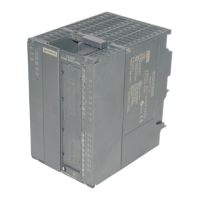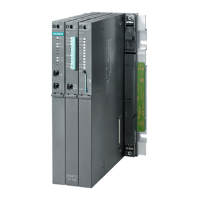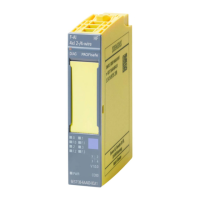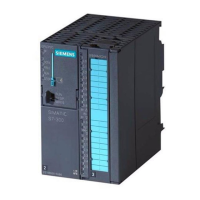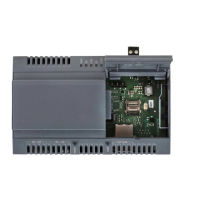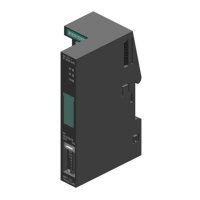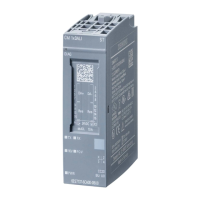Programming the Technological Functions
6-57
FM 353 Stepper Drive Positioning Module
6ES7 353-1AH01-8BG0
6.7 Sample applications
Overview
This chapter provides information on the following:
S Basic example for setting the operating mode
S Example 1: Moving axes in “JOG mode” and “Approach to reference point
mode”
S Example 2: Traversing an MD block
S Example 3: “Automatic” mode with program selection
S Example 4: Technology example for embedding OPs
General remarks
The installation of the FM 353 configuration package includes the following sample
projects:
S “zDt13_02_FM353_EX” ([STEP7 directory]\EXAMPLES\zDt13_02)
for application examples for the “FMSTSV_L” block library
S “zDt13_03_FM353_EX” ([STEP7 directory]\EXAMPLES\zDt13_03)
for application examples for the “FM353_354” block library
The relevant technological functions (POS_CTRL, POS_DIAG, POS_INIT) are
called in the OB 1, OB 82 and OB 100 blocks. DB 100 (DBEX) contains the
relevant user signals/user data for all application examples.
Each example is programmed as a block (e.g., example 1 = FC 101, etc.). In The
basic example (FC 100) is always necessary for the examples 1 to 3; it sets the
relevant modes and copies the data between DB 1 and DB 100.
The examples 1 to 3 are interdependent. They are technologically simple examples
which you can expand to suit your particular needs. To be able to use the functions
provided by the examples 1 to 3, call the relevant examples in OB 1 analogous to
example 1.
OB 1 contains an example after the call of POS_CTRL how the evaluation of the
reported errors of the POS_CTRL could be programmed. You can expand this
error evaluation accordingly if you want.
Example 4 requires the OB_example4 source file specified in the source folder to
be compiled. Since this is an application example for use of an OP, only example 4
should be called in OB 1, as not to overwrite data.
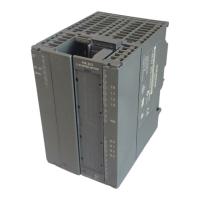
